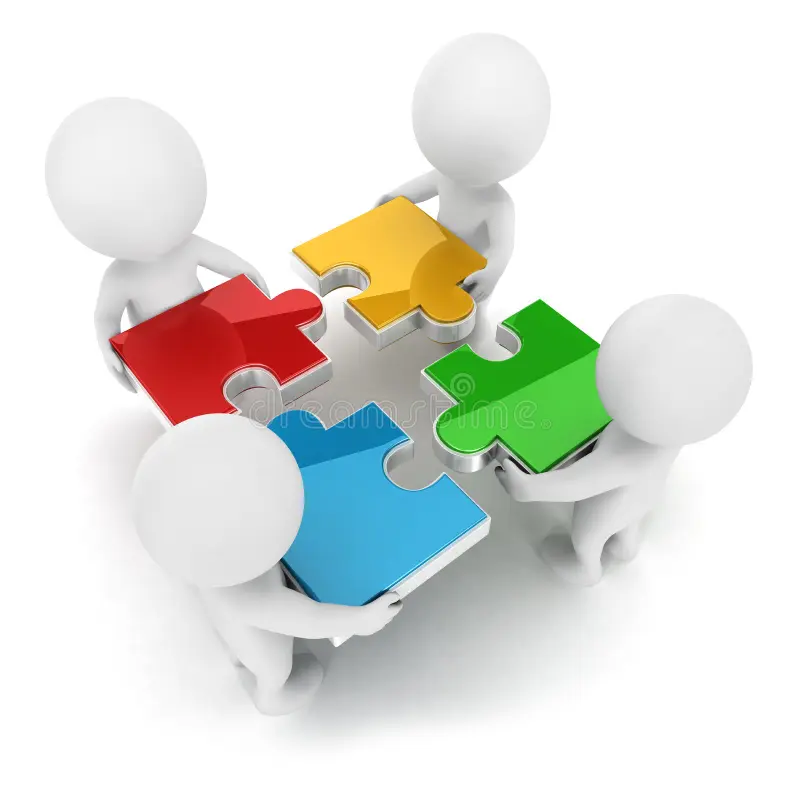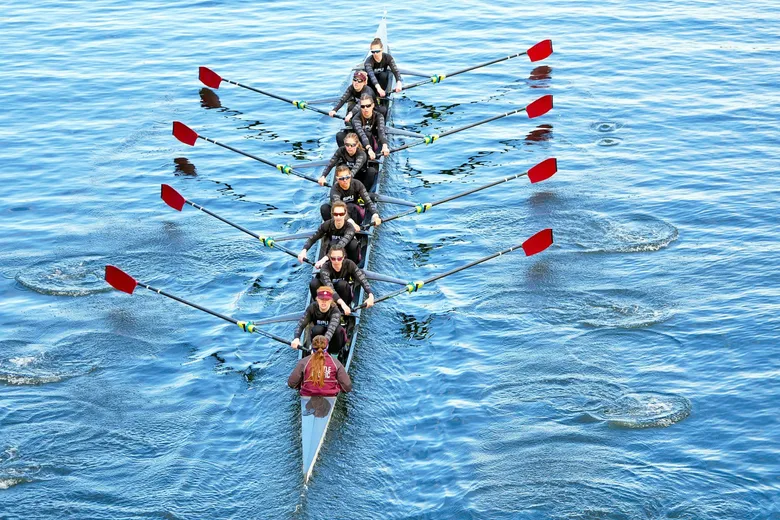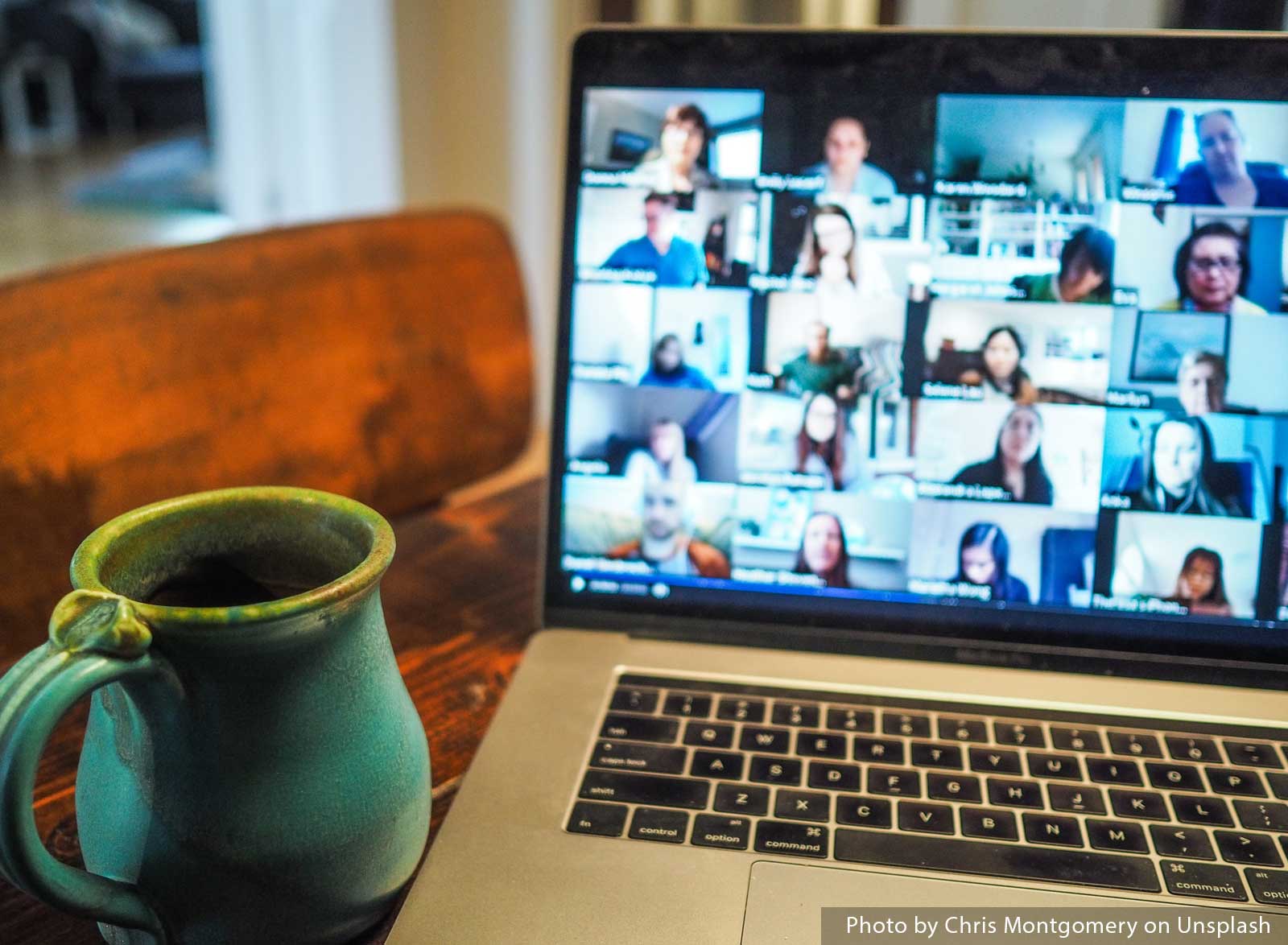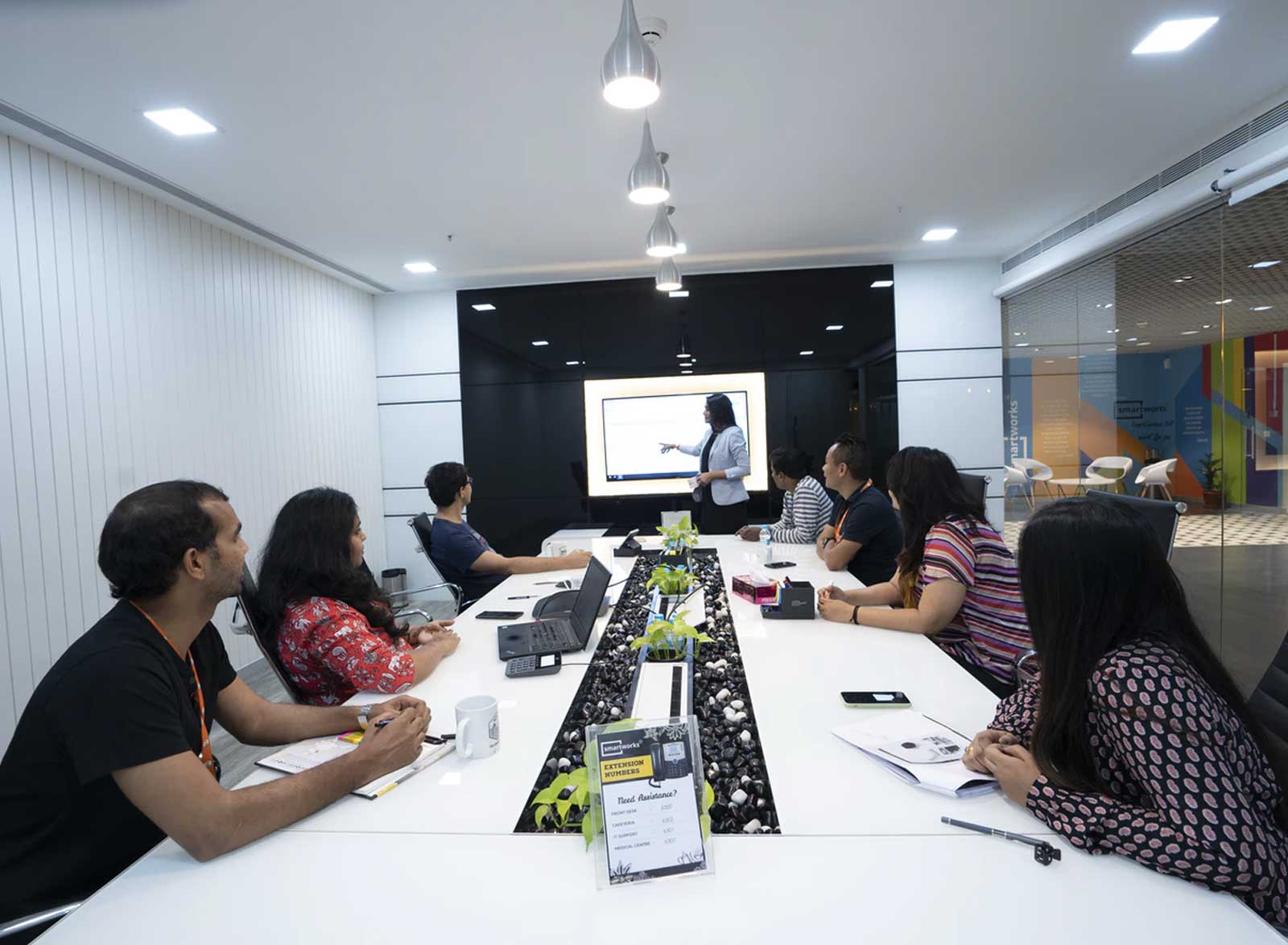Team alignment helps teams move together with clarity and purpose. Learn how to strengthen alignment around vision, priorities, and shared commitment.
Continue readingWhy Team Assembly Is the Foundation of Team Effectiveness
Team assembly is the starting point for team effectiveness. This post covers how to set your team up for success with the right structure, roles, and support systems.
Continue readingExecutive Team Effectiveness: 5 Warning Signs
This post highlights five lagging indicators of executive team effectiveness—warning signs that signal deeper issues may be holding your senior team back. Learn what to watch for and how to respond.
Continue readingBuilding Strong Relationships in a Virtual Team Offsite
In today’s work environment, people are going from video meeting to video meeting all day. These meeting are almost always transactional and heavily focused on the task of the day. Maybe at the start of the meeting we will connect about how things are going, mentioning our Zoom fatigue or how hard it is to juggle work and life. However, we miss the chance to really connect that would happen at the water cooler or during impromptu coffees or walks.
Missing are the team meals and activities at offsites, where much of the relationship building happened. We hunger for connection with our colleagues and the underdeveloped relationships make it hard to see each other as human. Without that sense of humanity, it is easier for us to assume negative intent and drift into conflict
What is less commonly known is that you can build strong relationships during virtual team offsites. We recently got the following feedback after designing and facilitating a one-day virtual offsite for a cross-functional team at a $150 billion high-tech company:
- “We achieved a level of connection in this offsite that does not happen in our typical meetings.”
- “It was amazing to get to know everyone and connect in a way that was unexpected through video.”
- “I felt enriched by the openness. This was by far the most personal digital offsite I have been a part of, and I value the ability to know one another.”
So how did we do it and how can you do so? In this blog post, we’ll outline the X ways to design relationship building into your team offsites.
Set the Right Intention.
Undoubtedly you will have lots to cover during your digital offsite. Setting the right intention is crucial. What is the right intention? To build strong relationships resulting in trust and teamwork that supports our work. Getting the intention right provides the justification for taking the time to do the relationship building work.
Provide Questions in Advance.
It may seem antithetical to put structure around relationship building but this is the key to making it work. The questions are prompts that allow individuals to self-disclose. People who are naturally good relationship builders will share such information in one-on-ones with people, but rarely do we do this sort of self-disclosure in a team setting. We like to provide the questions in advance so individuals can ruminate, and it helps everyone join in the right headspace.
Build Enough Time.
Relationship building needs to be bounded in time. Without temporal boundaries, the relationship building segment will blow up your entire meeting design. It is important to divide the total allotted time by the number of individuals to get a sense of how long each turn is. In corporate offsites, people will not go particularly deep, nor should they, but you still need to make sure that people have enough time to get through the questions.
Be Strict on Time.
Set context about how many minutes each individual will have per turn. We recommend ringing a bell with one minute to go, so individuals can self-manage to and end on time. If someone goes over the allotted time, we respectfully chat them to finish up. We’ve only had one person blow through our stop sign and even then did not go too far over.
Identify Superpowers.
This is great question to ask early in the session. Most people like to talk about their strengths and doing so helps team members better understand where the team is strong. It also serves as a bit of a warm-up for slightly more risky self-disclosure.
Share About Who Matters Most.
Talking about who matters most breaks the wall between professional and personal in a safe way. People often bring passionate and joy into the conversation when they talk about who or what matters most. This is another safe relationship building prompt.
Talk about Struggles.
Talking about professional and personal challenges starts to wade into more vulnerable waters. People often reveal the unexpected as they talk about their personal challenges. We often find that others’ challenges are similar to our challenges. Oftentimes talking about professional challenges surfaces structural, interpersonal, or culture challenges that the team needs to eventually address.
Ask Why Did You Choose to Come Here.
One of the ways to build relationships is to find common ground. Asking each person why they came to the company is a good way to do that. It reveals people’s motivations and aspirations in a way that builds connections.
Discuss High Point and Low Point.
Another great question is “what has been your high point” and “what has been your low point” since joining the company or team. This is another opportunity for each individual to be known. Talking about the low point invites risk taking and often surfaces important information for the team to discuss about its culture and team dynamics.
Building in Response Time.
If you have time, building in a one-minute buffer between each turn taker can create open space for individuals to acknowledge each other and build connection. People tend to shift into what we call the language of “Care” and respond from the heart. These are some of the most important moments of relationship building. That said, you can achieve your relationship building objectives without the response time and in the offsite we mentioned above we did not build in the response time.
Encourage Participant to Pin the Speaker’s Video.
We like to encourage each person to pin the speaker’s video when they start their turn. While we normally advocate using the gallery view so you can see everyone, pinning the speaker creates intimacy where individuals can really focus on the speaker and maintain eye contact, which is what we would do if we were in person.
Give People a Choice.
We like to provide three questions per round of relationship building, and we encourage people to self-manage their time and answer one, two, or three questions. This allows some to pick one question and go deeper or be briefer in answering all three questions. Giving them a choice allows them to feel in control, which creates a sense of safety.
Include Everyone.
We are often asked whether we recommend using breakouts for relationship building. While we encourage breakout rooms generally, for relationship building we recommend keeping the team intact. Doing so creates intimacy because each participant experiences the share of each person.
Use Multiple Rounds.
We often use more than one round of relationship building because it reduces the time for each person to speak. If you are the last person in a ten-person team with a ten-minute round, it can be 90 minutes before you speak. Breaking us the session into two rounds, sometimes with a break between is more manageable in terms of attention span.
Encourage Vulnerability.
Encourage people at the start to be vulnerable. Explain that vulnerability is a cornerstone of relationship building. Also
Minimize Distractions.
It is obvious when you are texted or checking emails during video meetings. In order to achieve the relationship building goals, it is crucial that people engage. This means attentive listening when others are speaking. It also means preparing in advance, so they are not blocked from listening because they are worried about what they are going to say.
We are confident that if you apply these tips you can achieve your virtual team offsite objective of building strong relationships. It takes a bit of courage and some discipline but doing so will result in something your people did not believe was possible.






